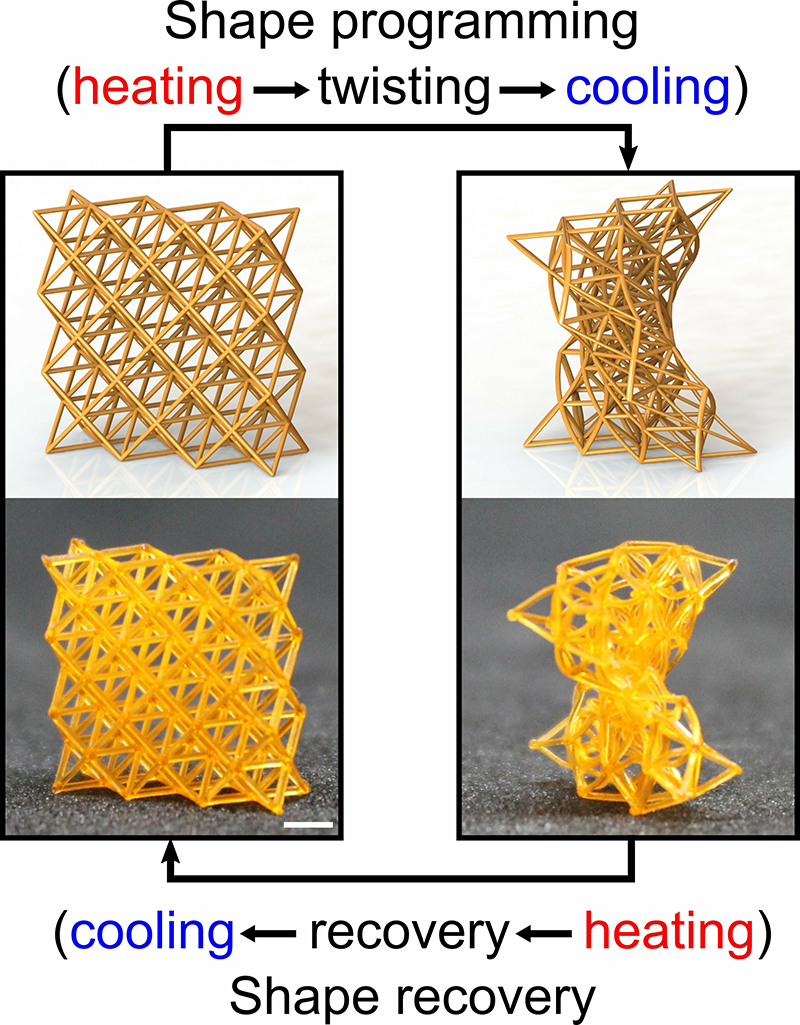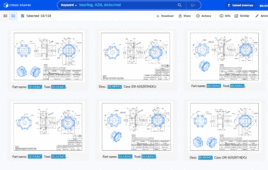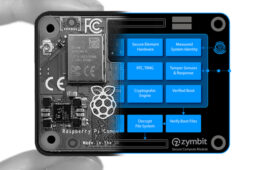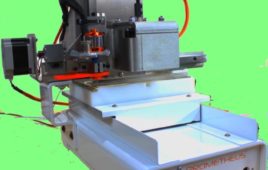We’ve come a long way when it comes to material. What once could only be a solid wood structure or a soft sponge, can now combine elements of both. Rutgers University-New Brunswick engineers have now created 4D materials that are flexible and lightweight, and could serve a purpose in applications such as better shock absorption, morphing airplanes, drone wings, soft robotics, and implantable biomedical devices.
The research is currently published in the journal Materials Horizons.
The process of 4D printing is similar to 3D printing, where 4D printing’s technology is based on turning digital blueprints to physical objects. There is one main difference though; it uses special materials and intricate designs to print objects that can morph and change shape depending on the environment conditions, such as temperature, according to senior author Howon Lee, assistant professor in the Department of Mechanical and Aerospace Engineering.
The fourth dimension in 4D printing is time, which permits the material to morph into a different shape.
“We believe this unprecedented interplay of materials science, mechanics and 3D printing will create a new pathway to a wide range of exciting applications that will improve technology, health, safety, and quality of life,” Lee said.

4D-printed metamaterials can be temporarily transformed into any deformed shape and then returned to their original shape on demand when heated. The scale bar is 2 millimeters. Credit: Chen Yang/Rutgers University-New Brunswick
Normally, the shape and properties of metamaterials are irreversible, so the Rutgers engineers tuned their plastic-like materials with heat, so the material stays stiff when struck and becomes soft, like a sponge, to absorb shock.
The stiffness can be modified more than 100-fold in temperatures between 73 degrees and 194 degrees Fahrenheit. Additionally, the material can be transformed into any shape and can return to its original shape when heated.
The engineers hope this material can be used for airplane or done wings that change shape, solar panels, and less painful inserts or implants for medical devices.
Filed Under: Product design




